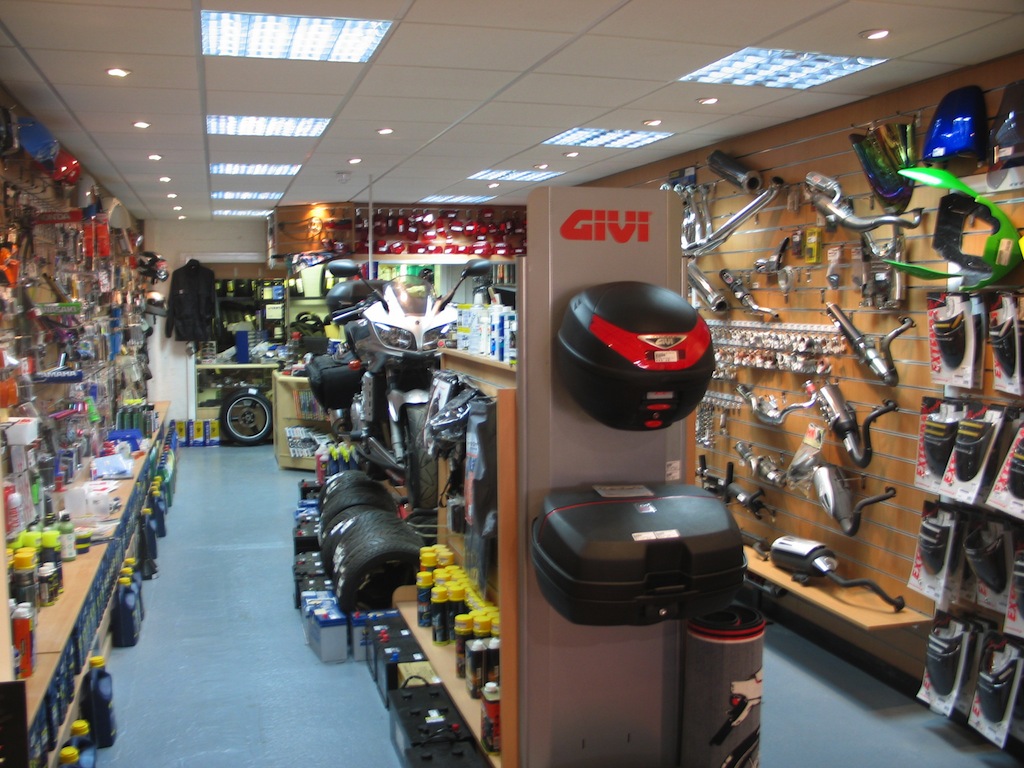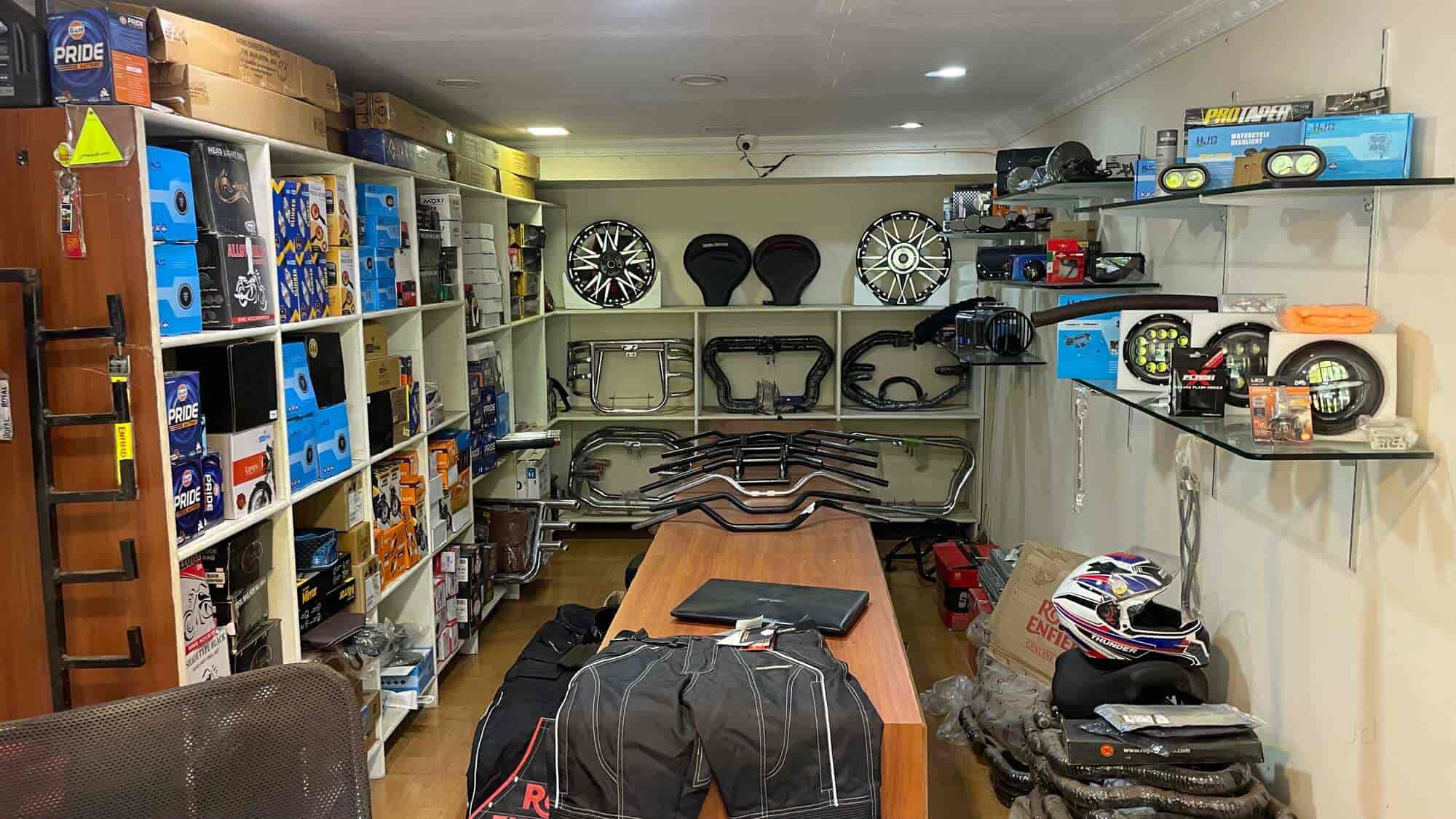Store the very best MX Parts NZ for Your High-Performance Bike
Store the very best MX Parts NZ for Your High-Performance Bike
Blog Article
Recognizing the Crucial Parts of a Motorcycle: A Comprehensive Guide for Enthusiasts
For motorbike fanatics aiming to elevate their riding experience and ensure their bikes run smoothly, recognizing the important components of a motorcycle is vital. Each component, from the engine's elaborate operations to the important function of the braking mechanisms, not just influences performance however additionally security and comfort. This guide will go through the basic components that every rider should know with, enabling notified choices in both upkeep and possible upgrades. As we start this expedition, one must ask: how does each component communicate to develop the seamless trip every lover looks for?
Engine Elements

The camshaft plays a vital function in regulating the timing of the engine's shutoffs, making sure the exact opening and closing necessary for effective gas and air consumption, along with exhaust expulsion. This timing is vital to keeping ideal engine performance and efficiency. In addition, the carburetor or fuel injection system, relying on the motorbike version, is accountable for blending air with gas in the proper proportion for burning.
The cooling system, either air or liquid-based, works to maintain the engine's temperature level within functional limitations, stopping overheating and making certain long life - mx parts nz. Each part, diligently created and integrated, adds to the seamless operation of the engine, defining the motorcycle's power outcome and overall performance
Transmission System
Essential to the bike's functionality, the transmission system ensures reliable power transfer from the engine to the wheels. This system comprises numerous important parts, including the clutch, gearbox, and last drive, each playing an essential function in translating the engine's power right into motion. The clutch, generally run by a hand bar, offers to involve and disengage the engine from the transmission, enabling smooth gear adjustments and controlled velocity.
The gearbox, frequently described as the transmission proper, consists of a collection of equipments that bikers can by hand shift via to readjust the bike's speed and torque outcome. These gears are prepared in a sequence that enables the motorbike to speed up smoothly and maintain optimum engine performance across numerous rates. A lot of motorcycles use a consecutive transmission, requiring the biker to shift equipments in a predetermined order.
Braking Mechanisms
While recognizing the transmission system is essential to utilizing a motorcycle's power, equally important is the capability to manage and quit that power effectively, which is where stopping devices enter try this site play. Brakes are vital for safety and efficiency, supplying the rider with the necessary control to navigate numerous surfaces and problems. Generally, motorcycles include two kinds of stopping systems: disc brakes and drum brakes.
Disc brakes are much more common in contemporary motorcycles due to their premium performance. This system uses better heat dissipation, constant efficiency, and enhanced quiting power, especially in wet problems.
Alternatively, drum brakes, though much less common, are still found in some motorcycles. They function by pressing brake shoes against the internal surface area of a drum connected to the wheel. While normally less efficient in warmth dissipation and quiting power, drum brakes are less complex and extra cost-efficient.
Comprehending these braking systems' subtleties allows riders to preserve their motorbikes effectively and appreciate the engineering that makes sure effective and risk-free quiting.
Suspension and Steering
Suspension and steering systems are essential elements that considerably influence a bike's handling and trip comfort. The shock absorber, including forks at the front and shock absorbers at the rear, takes in roadway irregularities, boosting security and control. Front forks, inverted or generally telescopic, compress and rebound to mitigate impacts, while rear shock absorbers keep tire contact with the road, critical for traction and safety.
Guiding, centered around the handlebars, attaches the rider to the motorbike's directional control. The steering head bearings make sure smooth procedure, enabling accurate ability to move. Correct alignment and maintenance of these bearings are crucial for foreseeable guiding response and see this here reducing cyclist tiredness.
The suspension's adjustability is an additional essential aspect; preload, damping, and rebound setups permit personalization to match various riding conditions and designs. This versatility is essential for enhancing performance, whether navigating metropolitan roads or tackling rugged routes. Innovations like digital shock absorber provide real-time changes, enhancing ride top quality across diverse terrains.

Electric Equipments
After guaranteeing a smooth and controlled ride through reliable suspension and guiding systems, attention transforms to the electric systems, a critical aspect of modern motorbikes. These systems play an important duty not only in beginning the engine yet additionally in powering numerous parts that boost the capability and safety of the motorcycle.
At the heart of a bike's electrical system is the battery, which stores electric energy essential for beginning the engine and powering supporting systems - motorcycle shop. The alternator or generator, combined with the rectifier-regulator, guarantees the battery stays charged while the motorcycle functions, transforming power into electric energy and keeping voltage degrees
The ignition system, one more critical part, is accountable for firing up the air-fuel mix in the engine's cylinders. Modern bikes usually utilize an electronic ignition system, using greater performance and integrity compared to traditional systems.
Lights systems, including headlights, tail lights, and indicators, are likewise crucial, guaranteeing exposure and safety and security for the rider. Extra electronic elements such as sensing units, control systems, and displays add to innovative attributes like fuel injection monitoring, anti-lock stopping systems (ABS), and digital dashboards, further enhancing the riding experience.
Verdict
A complete understanding of a motorbike's crucial components, consisting of the engine, see transmission system, stopping devices, suspension, guiding, and electric systems, is indispensable for fanatics aiming to optimize convenience, security, and performance. Proficiency of these aspects permits informed choices regarding upkeep and upgrades, inevitably improving the riding experience. By integrating this knowledge, bikers can ensure their motorbikes operate at peak efficiency and reliability, thus making best use of both pleasure and long life of their lorries.
For motorbike fanatics looking to raise their riding experience and guarantee their bikes run efficiently, understanding the essential components of a motorcycle is extremely important.Essential to the motorcycle's functionality, the transmission system ensures reliable power transfer from the engine to the wheels.While comprehending the transmission system is key to harnessing a motorbike's power, similarly crucial is the capacity to manage and stop that power effectively, which is where stopping devices come right into play. Usually, bikes feature 2 types of braking systems: disc brakes and drum brakes.
A thorough comprehension of a bike's necessary elements, consisting of the engine, transmission system, braking devices, suspension, steering, and electrical systems, is crucial for enthusiasts intending to maximize efficiency, security, and comfort.
Report this page